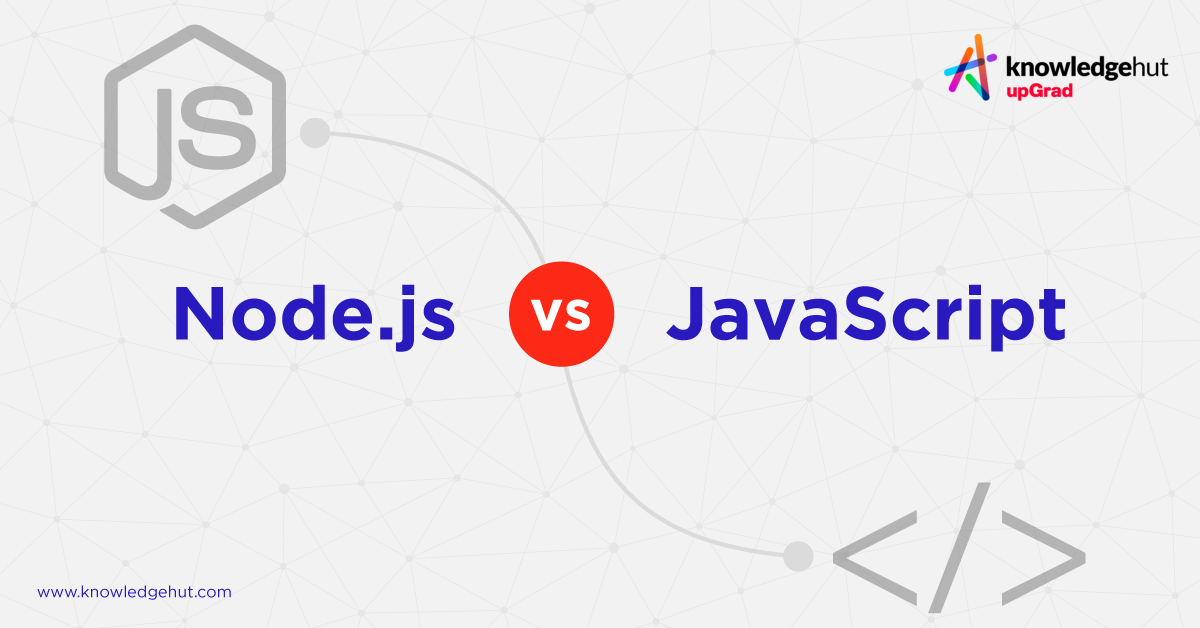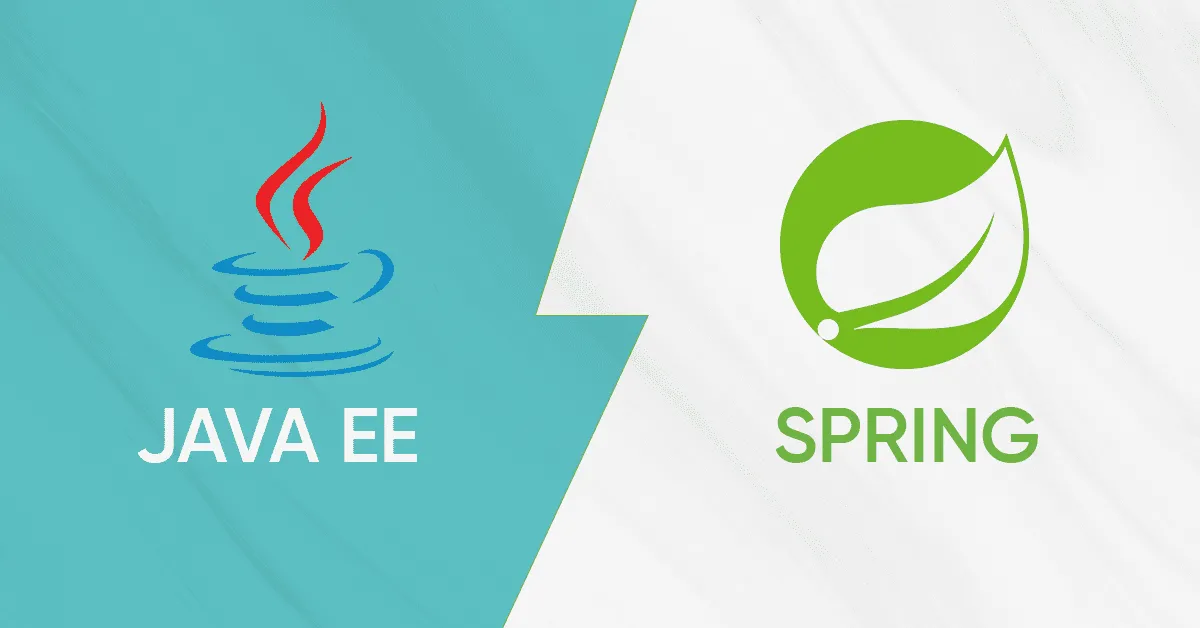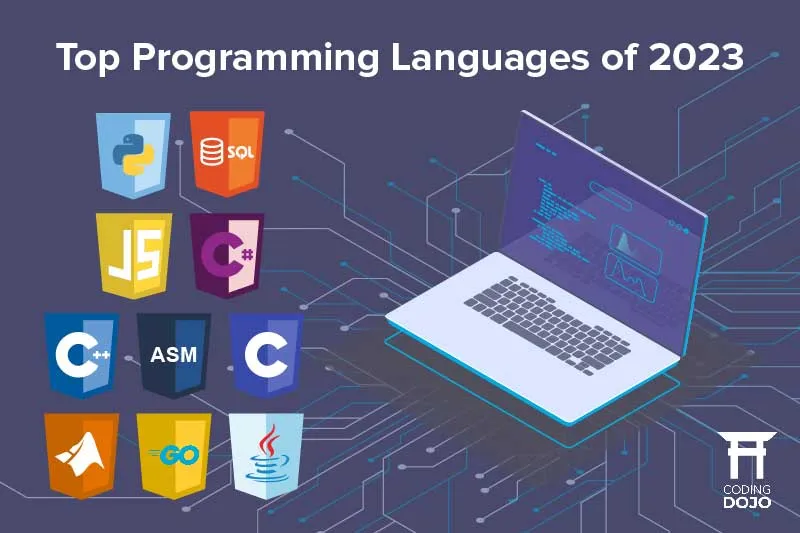Top Backend Programming Languages to Learn in 2023
In the ever-evolving world of technology, the demand for skilled backend developers has never been higher. As businesses strive to create robust and efficient web applications, the choice of programming language has become a critical factor in determining the success of a project. The article “Danh sách các ngôn ngữ lập trình backend nên học” [https://tuhoclaptrinh.edu.vn/danh-sach-cac-ngon-ngu-lap-trinh-backend-nen-hoc-1082.html] provides an insightful look into the top backend programming languages that aspiring developers should consider learning in 2023.
JavaScript and Node.js

JavaScript, traditionally known as a client-side scripting language, has firmly established itself as a prominent player in the backend development landscape with the introduction of Node.js. Developers can now utilize JavaScript to build robust, scalable, and efficient server-side applications, leveraging the power of the Node.js runtime environment.
Asynchronous Programming with Node.js
One of the key features that make Node.js a standout choice for backend development is its asynchronous nature. Node.js employs an event-driven, non-blocking I/O model, which allows it to handle multiple client requests concurrently without getting bogged down. This approach enhances the overall performance and responsiveness of the application, making it well-suited for building real-time web applications, APIs, and microservices.
Robust Ecosystem and Tools
The JavaScript ecosystem is vast and thriving, with a plethora of open-source libraries, frameworks, and tools available. From popular web frameworks like Express.js and Koa.js to powerful database drivers and testing utilities, the Node.js community has a wealth of resources to support backend development. This ecosystem provides developers with a diverse set of tools and solutions to build and deploy their applications efficiently.
Scalability and Performance
Node.js’s event-driven architecture and non-blocking I/O model contribute to its exceptional scalability and performance. By leveraging the power of asynchronous programming, Node.js can handle a high volume of concurrent connections without compromising responsiveness. This makes it a suitable choice for building high-traffic web applications, APIs, and real-time services.
Cross-Platform Compatibility
One of the significant advantages of JavaScript and Node.js is their cross-platform compatibility. Developers can write server-side code in Node.js and deploy it on various operating systems, including Windows, macOS, and Linux, without the need for major modifications. This flexibility simplifies the development and deployment process, allowing teams to focus on building their applications rather than worrying about platform-specific issues.
Python and Django
Python, a versatile and user-friendly programming language, has gained tremendous popularity in the backend development landscape. Its simplicity, readability, and extensive ecosystem of libraries and frameworks make it an attractive choice for developers, especially those new to the field.
Rapid Application Development with Django
Django, a popular Python web framework, is known for its emphasis on rapid application development (RAD). It provides a comprehensive set of tools and features that streamline the process of building web applications, including an object-relational mapping (ORM) system, a robust admin interface, and built-in support for tasks like authentication, URL routing, and database management.
Scalability and Flexibility
Python and Django offer excellent scalability and flexibility. The language’s high-level abstraction and its ability to integrate with a wide range of technologies, such as databases, web services, and machine learning libraries, make it a powerful choice for building complex, scalable, and versatile backend applications.
Extensive Ecosystem and Community
The Python community is renowned for its vibrant and supportive ecosystem. Developers have access to a vast collection of open-source libraries and frameworks, covering a wide range of functionalities, from web development and data analysis to scientific computing and machine learning. This extensive ecosystem provides developers with a wealth of resources and tools to build robust and feature-rich backend applications.
Data-Intensive and Scientific Computing
Python’s strength extends beyond web development; it is also widely used in data-intensive and scientific computing applications. The language’s extensive support for data manipulation, scientific computing, and machine learning libraries, such as NumPy, SciPy, and TensorFlow, make it a popular choice for building complex backend systems that require advanced data processing and analytical capabilities.
Ease of Learning and Readability
One of the key advantages of Python is its simplicity and readability. The language’s clean syntax and intuitive design make it relatively easy to learn, especially for developers new to programming. This accessibility helps to lower the barrier to entry, making Python an attractive choice for both experienced and aspiring backend developers.
Java and Spring

Java, a statically typed and object-oriented programming language, has long been a dominant force in the backend development landscape. With its robust ecosystem, strong enterprise-level support, and well-established frameworks, Java continues to be a popular choice for building scalable and reliable backend applications.
Comprehensive Spring Framework
The Spring framework is a key player in the Java backend development ecosystem. It provides a comprehensive and modular approach to building web applications and services, offering features such as dependency injection, web MVC, and database integration. The Spring ecosystem also includes a wide range of specialized modules, such as Spring Boot, Spring Security, and Spring Data, which further simplify and accelerate the development process.
Enterprise-Level Scalability and Reliability
Java’s reputation for enterprise-level scalability and reliability is well-deserved. The language’s static type system, coupled with robust concurrency management and advanced memory management, make it well-suited for building large-scale, mission-critical backend applications that require high performance and stability.
Extensive Tooling and IDE Support
The Java ecosystem is supported by a vast array of tools and integrated development environments (IDEs), such as IntelliJ IDEA, Eclipse, and NetBeans. These tools provide developers with powerful features, including code completion, refactoring, debugging, and integration with various build and deployment tools, streamlining the development and deployment process.
Portability and Cross-Platform Compatibility
Java’s “write once, run anywhere” philosophy ensures that applications built with the language are highly portable and can run on multiple platforms, including Windows, macOS, and Linux. This cross-platform compatibility simplifies the deployment and maintenance of Java-based backend applications, making it an attractive choice for enterprises with diverse technology stacks.
Strong Enterprise-Level Support
Java enjoys strong enterprise-level support, with major tech companies and organizations actively contributing to the language’s development and maintenance. This level of support provides developers with a high degree of confidence in the long-term viability and stability of the Java ecosystem, making it a reliable choice for mission-critical backend systems.
Go (Golang) and Gin
Go, also known as Golang, is a statically typed, compiled programming language developed by Google. It has gained significant traction in the backend development space, particularly for building efficient, concurrent, and scalable server-side applications.
Concurrency and Performance
Go’s built-in support for concurrency, through its lightweight “goroutines” and synchronization primitives, makes it an excellent choice for building high-performance, scalable backend applications. The language’s efficient runtime and compilation model also contribute to its overall performance, making it well-suited for tasks that require low-level system programming or high-throughput processing.
Simplicity and Productivity
Go’s design philosophy emphasizes simplicity and productivity. The language’s syntax is clean and straightforward, with a focus on readability and maintainability. This simplicity, combined with its strong type system and powerful standard library, allows developers to write efficient and robust backend code quickly, reducing development time and costs.
Gin Web Framework
Gin, a popular web framework for Go, has become a go-to choice for building backend applications. Gin is known for its speed, simplicity, and flexibility, providing developers with a lightweight and high-performance solution for building RESTful APIs, microservices, and other web-based backend systems.
Scalability and Modularity
Go’s inherent support for concurrency and its efficient resource management make it a scalable choice for backend development. Gin, as a web framework, further enhances this scalability by providing a modular and extensible architecture, allowing developers to build and deploy backend applications that can handle increasing workloads with ease.
Deployment and Containerization
Go’s compiled nature and its emphasis on simplicity make it an excellent choice for deployment and containerization. The language’s small binary size and lack of external dependencies facilitate easy packaging and distribution of Go-based backend applications, enabling seamless deployment on various platforms, including cloud environments and containerized infrastructures like Docker.
Ruby on Rails
Ruby on Rails, often referred to simply as Rails, is a popular open-source web application framework written in the Ruby programming language. It has gained a significant following in the backend development community, particularly for building web-based applications and services.
Model-View-Controller (MVC) Architecture
Rails follows the Model-View-Controller (MVC) architectural pattern, which separates the application logic into distinct components responsible for data management, user interface, and control flow. This separation of concerns promotes code organization, maintainability, and testability, making it easier for developers to build and scale complex backend applications.
Convention over Configuration
One of the key principles of Rails is “Convention over Configuration,” which means that the framework provides sensible defaults for common development tasks, reducing the amount of boilerplate code that developers need to write. This approach allows developers to focus on building the core functionality of their applications rather than spending time on repetitive configuration tasks.
Rapid Application Development
Rails is renowned for its ability to enable rapid application development (RAD). The framework provides a wide range of built-in features and conventions that accelerate the development process, including automatic database migrations, scaffolding for generating CRUD (Create, Read, Update, Delete) functionality, and a rich set of plugins and libraries that can be easily integrated into the application.
Active Record and Database Integration
Active Record, the ORM (Object-Relational Mapping) system in Rails, simplifies the interaction between the application and the database. It abstracts the underlying database implementation, allowing developers to work with data using Ruby objects and classes, rather than writing raw SQL queries. This database integration, combined with Rails’ migration system, streamlines the development of data-driven backend applications.
Testability and Ecosystem
Rails places a strong emphasis on testing, providing built-in support for unit, integration, and functional testing. This focus on testability helps developers to write more reliable and maintainable code. Additionally, the Rails ecosystem is rich, with a vast collection of open-source libraries and plugins, known as “gems,” that extend the framework’s functionality and accelerate development.
PHP and Laravel

PHP, a server-side scripting language, has long been a dominant player in the backend development landscape, particularly for building web-based applications. With the rise of modern PHP frameworks, such as Laravel, the language has continued to evolve and maintain its relevance in the backend development ecosystem.
Laravel: A Powerful PHP Framework
Laravel is a popular and feature-rich PHP framework that has gained significant traction in the backend development community. It provides a well-structured and expressive syntax, making it easier for developers to build complex, scalable, and maintainable backend applications.
Eloquent ORM and Database Integration
Laravel’s Eloquent ORM (Object-Relational Mapping) system simplifies the interaction between the application and the database. Eloquent abstracts the underlying database implementation, allowing developers to work with data using intuitive, object-oriented syntax, rather than writing raw SQL queries. This database integration, combined with Laravel’s migration system, streamlines the development of data-driven backend applications.
Artisan CLI and Automation
Laravel’s Artisan command-line interface (CLI) is a powerful tool that enables developers to automate various development tasks, such as generating boilerplate code, running tests, and managing database migrations. This automation reduces the time and effort required to set up and maintain a backend application, improving developer productivity.
Modular and Extensible Architecture
Laravel’s modular and extensible architecture allows developers to easily integrate third-party packages and libraries, known as “Composer packages,” into their backend applications. This flexibility enables developers to quickly add new features and functionalities to their projects, accelerating the development process and reducing the need to reinvent the wheel.
Test-Driven Development and Testability
Laravel places a strong emphasis on testing, providing built-in support for unit, integration, and end-to-end testing. This focus on testability helps developers to write more reliable and maintainable code, ensuring that their backend applications are robust and scalable.
Conclusion
As the demand for skilled backend developers continues to grow, the choice of programming language has become a critical factor in determining the success of a project. The article “Danh sách các ngôn ngữ lập trình backend nên học” has provided an insightful look into the top backend programming languages that aspiring developers should consider learning in 2023.
From the versatile and asynchronous JavaScript with Node.js, to the user-friendly and data-intensive Python with Django, and the enterprise-level scalability of Java with Spring, each language and framework offers unique strengths and capabilities that cater to the diverse needs of modern backend development.
Additionally, the article has explored the concurrency and performance of Go with Gin, the rapid application development of Ruby on Rails, and the powerful and extensible Laravel framework for PHP. Each of these languages and frameworks brings its own set of advantages, catering to different project requirements and developer preferences.
As technology continues to evolve, it is essential for aspiring backend developers to stay informed about the latest trends and developments in the field. By mastering the top backend programming languages and their associated frameworks, developers can position themselves for success in the ever-growing and dynamic world of backend development.
